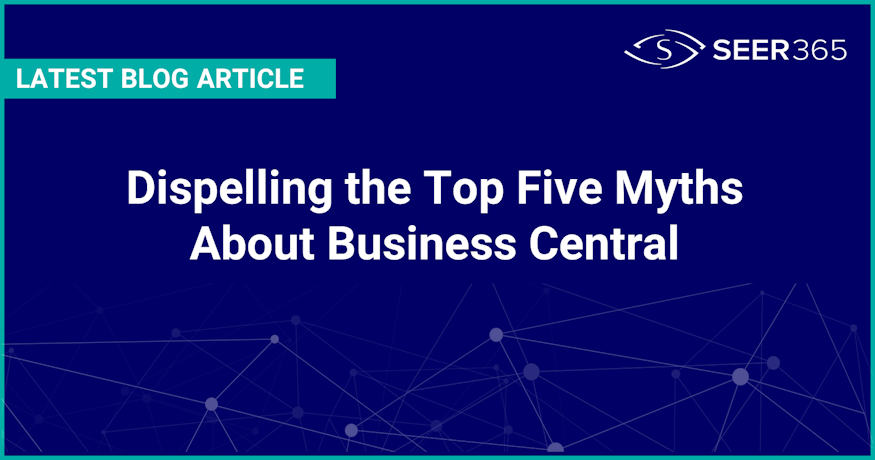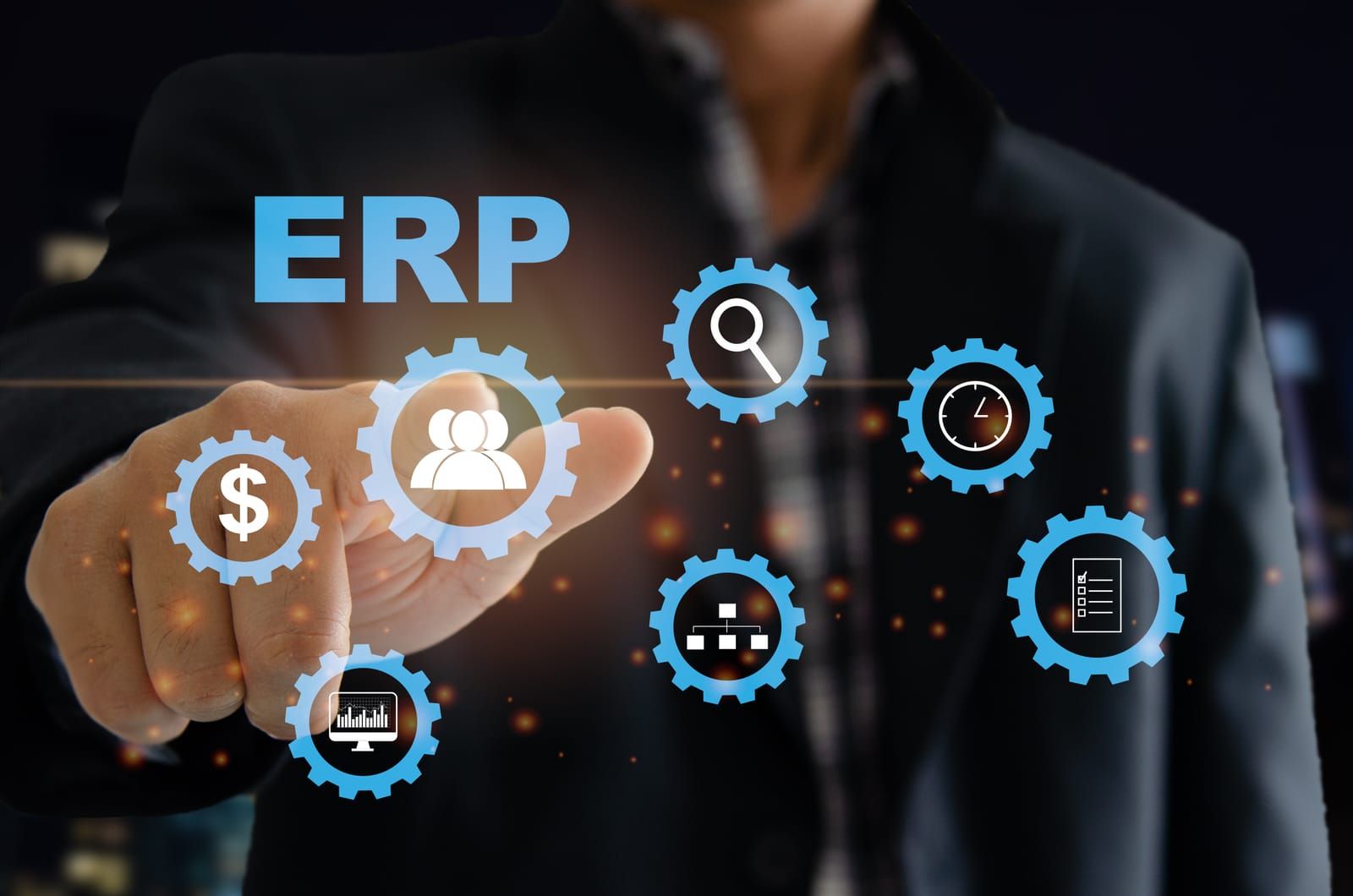Strategies for Preventing ERP Failure - All Implementations Fail
The first in our Preventing ERP Failure Series, All Implementations Fail identifies why ERP implementations fail and sets the stage for how Pelorus is reimagining implementations to get value faster with fewer missteps.

I just Googled “how to successfully implement an ERP system." Here are a couple of observations based on that search:
- The search returned twenty-nine million results. It’s exhausting looking through all the endless advice.
- There is no consensus on the exact number of critical factors or tips. A quick review saw it range from four to twelve.
Then I Googled “ERP implementation failure," and here are my observations from that search:
- Five million search results.
- The top three results were Ads for "How to implement ERP successfully."

Based on this extensive market research, I had two "Ah-Ha" moments:
- Rampant ERP implementation failure must be due to an inability to agree on the correct number of crucial implementation factors or tips!
- No Ads offered to help companies fail at their ERP implementations. Odd, since that is a thriving market.
Of course, that is a tongue-in-cheek analysis.
However, if you are contemplating or in the process of implementing a new ERP system, then you must come to grips with the fact that your implementation will fail.
If we reasonably define a successful ERP implementation as meeting the following three criteria:
- Time – successfully meet a well scheduled "Go-Live" date.
- Budget – minimal or “non-material” cost overruns.
- Functionality – deliver the critical business processes and reporting needs of the enterprise.

Based on those three metrics, all ERP systems fail. The only variable is to what degree:
- Spectacularly – bringing down companies
- Critically – requiring a complete do-over with a new team or new solution
- Incrementally – slowly draining resources and enthusiasm while delivering only a portion of promised functionality at a dramatically higher cost
All together now, think of the last ERP implementation that you were personally involved with that was a spectacular success.I’ll wait.
Ironically, our quick internet search delivered a treasure trove of advice on successfully implementing ERP software.
It is time for a new approach and new ideas. In a series of posts, I will look at the standard ERP sales and implementation process areas that contribute to eventual failure. Success for this series of posts would be discussing how to implement fresh ideas and strategies to break the cycle of failed implementations.
Our first post will look at the RFP - or more accurately, the RFP, Recipe for Phailure.
Success as a Partner at Pelorus will be to translate thirty years of ERP selection and implementation experience into reimagining how to get to value faster with fewer missteps.
I look forward to discussing your project.
If you are in the process of selecting a new ERP solution or in the midst of a challenged or failing ERP implementation, give us a call.
Contact us today at Pelorus Technology to elevate your business operations with our expert Microsoft Dynamics 365 solutions and Services. As a Global Microsoft Partner, we are committed to streamlining your processes and delivering top-tier services tailored to your needs. Let’s get started on your transformation journey!









